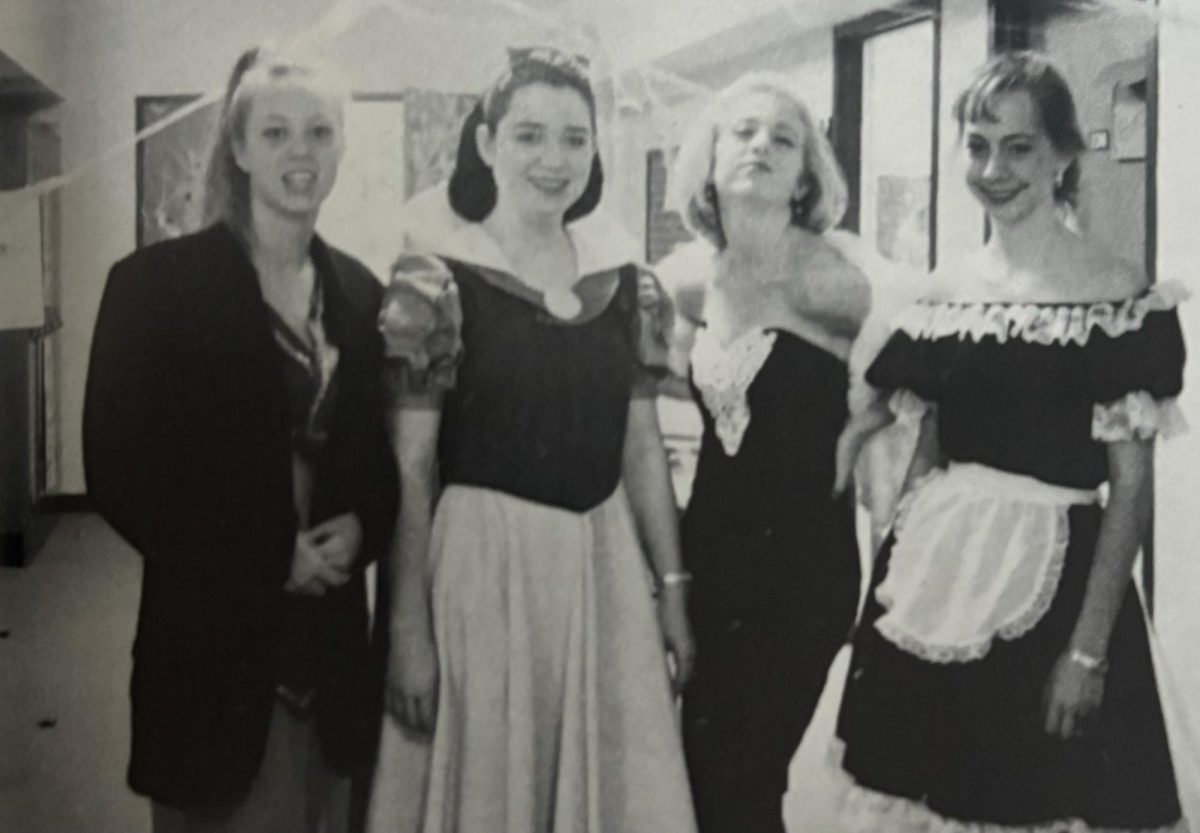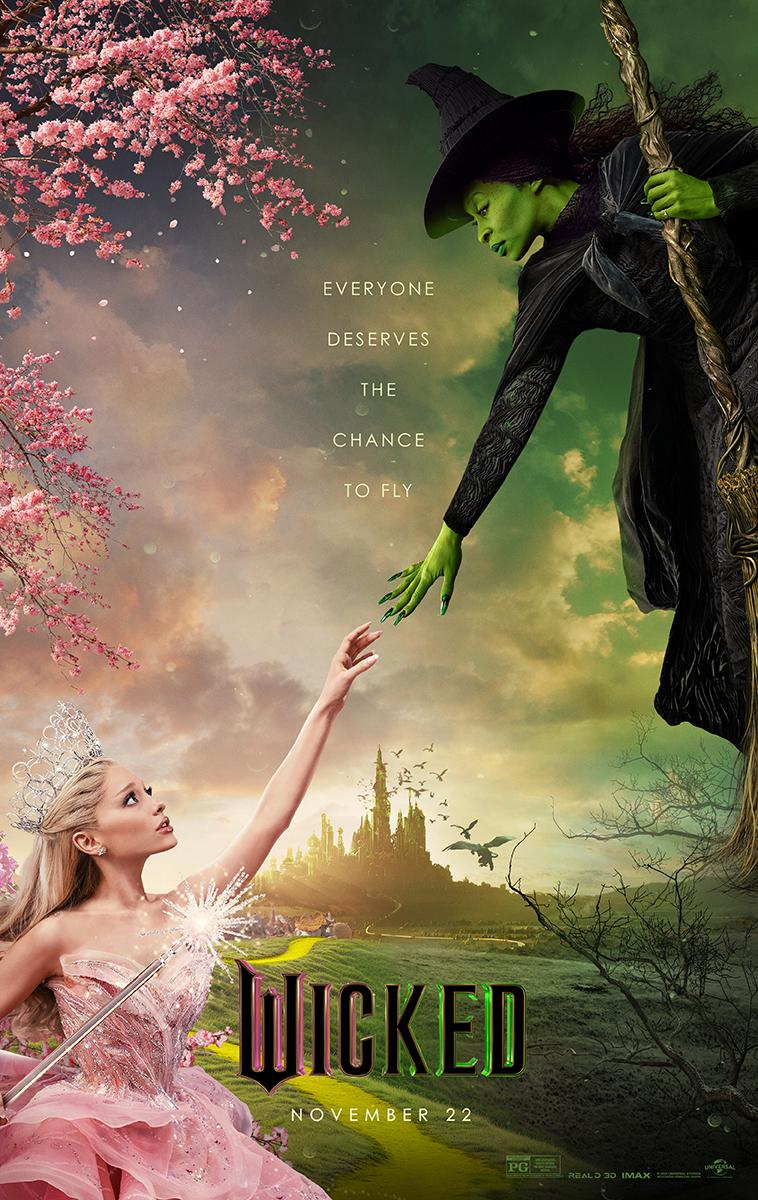Hockaday is the America of private schools—a melting pot of various ethnicities and religious denominations, all working together in harmony. Or at least that’s what we strive for it to be. While neither was founded on the principles of any particular religion, in both, one can often catch glimpses of a Christian underpinning. At Hockaday, this is not surprising, given that 70 percent of the Upper School identifies as part of a Christian denomination.
On any given day, hundreds of Middle School students belonging to upwards of seven different religious backgrounds gather in the Dining Hall as one timid girl stands behind a microphone and reads out the day’s prayer: “Dear God, bless this food and give bread to those who hunger. To those who have bread, give a hunger for justice.” Then, the Muslims, the Jews, the Christians, all Middle School students resume their lunchtime chatter.
Out of four randomly selected Middle School girls, not a single one knew of anyone who was offended by the prayer. Each maintained that it was “just nice to do.” In fact, in discussions with the four girls interviewed, there was no mention at all of the prayer’s religious implications.
Upper School students, however, feel it sets a very different tone. Of eight Upper School students—some of whom had listened to the lunchtime prayer throughout all of their Middle School years—not a single one was willing to defend it. In each case, the older girls read more deeply into the prayer, into its significance as a practice, and not necessarily into its content.
The issue extends to every lingering Christian tradition at Hockaday, including the hymns at graduation. Of three hymns that mandate school-wide participation, two celebrate themes and figures that are explicitly Christian in nature. “O God, our help in ages past,” begins the first, “Our hope for years to come, Our shelter from the stormy blast, And our eternal home.” Unlike the prayer, to take the Christian orientation out of these hymns would require more than a redefinition of the word “hymn.”
Hockaday stands in a precarious position, placed delicately between public and parochial schooling. While endowed with the full authority to adopt a religious stance, our administration chooses to espouse a secular curriculum. Many students appreciate this outlook. According to junior Adela, “that’s what sets it apart from other private schools in the area. That’s what makes it special.” Yet this seems a blatant contradiction. Nondenominationalism necessitates a policy of religious tolerance, and this is, ironically, where Hockaday falls short.
There are two possible approaches to promoting harmony within a community. In the first, religious and ethnic differences are pushed aside so that all members of the community can be integrated into one more or less uniform body of people. The second involves a dynamic atmosphere of discussion and debate through which all members of the community reach a point of universal, mutual understanding. The latter is necessary for a truly open atmosphere, yet we tend toward the former.
Religion has become somewhat of a taboo at Hockaday, and, for now, it seems the administration is perfectly willing to leave it that way. “If people are curious,” junior Emily said, “then they can talk to people, and they can go to comparative religion classes.” In other words, without a person’s independent motivation, the subject of religion remains latent.
On one hand, religion is the key to understanding a great portion of world conflict. By anathematizing it, we risk losing our understanding of great chunks of history as well as much of the cultural context behind the literature we read. On the other hand, Hockaday must stay true to its nondenominational philosophy and, in a world where the majority of us can no longer separate ourselves from our beliefs, avoid personal offense.
Before the student body can escape the restrictive binds of PC (political correctness), the administration needs to take a confident step forward in opening the door to religious discussion. One way of doing this would be to implement general, non-coercive religious studies at an early age. This would not only provide those students seeking information with an authority on religion, but also pave the way for religious discussion among students for years to come.
No matter how the administration decides to handle the current clash between Christian traditions and nondenominational values, its first step must be to acknowledge the existence of this dichotomy. Before America follows down the path of secularism already trodden by a majority of first world countries, we at Hockaday need to consider what role we want religion to play in our lives. For, as students of the next generation, our decision will dictate the future of religion on the national level.
– Annabel




